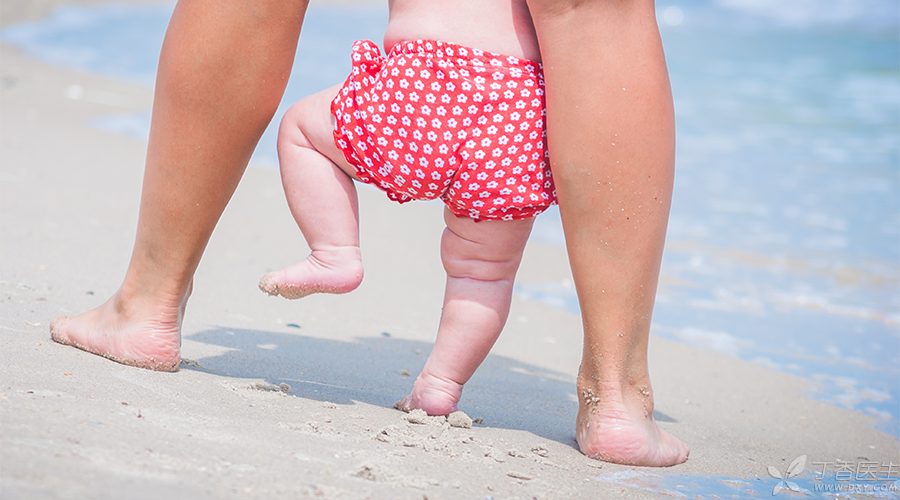
When a [young girl] is upgraded to a [mother], she immediately becomes Sherlock Holmes X. She is so careful that she is worried that the baby’s hair is missing a few. However, careful mothers, have you ever noticed whether the baby’s hip lines and leg lines are symmetrical?
Sometimes, when the mother takes the baby to have a physical examination, the doctor will evaluate the possible hip joint problems through the asymmetry of hip lines and leg lines. If this happens, the mother will also be advised to continue to observe and take the baby to have regular reexamination or go to pediatric orthopedics for further examination.
What mothers do not know is that if the baby’s hip joint is really defective, when he learns to walk, he will feel pain and even limp. At this time, he will have to undergo surgery or even amputation.
The older the baby is, the more painful the treatment process is, so the key is to find out early. We will first understand how to find hip joint defects early so as to avoid delaying the best treatment time.
Is what hip dysplasia?
Developmental dysplasia of the hip refers to a series of diseases related to hip development in infants and young children, including dysplasia of acetabulum and proximal femur and mechanical instability of hip joint.
Asymmetry of hip striation and leg striation is a symptom of hip dysplasia, but asymmetry of hip striation and leg striation is not necessarily hip dysplasia. There are many asymmetry of hip striation and leg striation, but in fact the real hip dysplasia is still relatively few.
The incidence rate of hip dysplasia is 4-11.5%. Of the confirmed hip dysplasia, about 95% are reversible, about 60% do not need treatment, and can develop normally after 1 month old. Only about 2% of hip dysplasia need orthopaedic treatment.
Therefore, during the baby’s physical examination, it is found that the hip lines and leg lines are asymmetrical. Baoma need not worry too much. It is good to listen to the doctor’s advice for follow-up observation, regular reexamination or further examination and treatment in pediatric orthopaedic department.
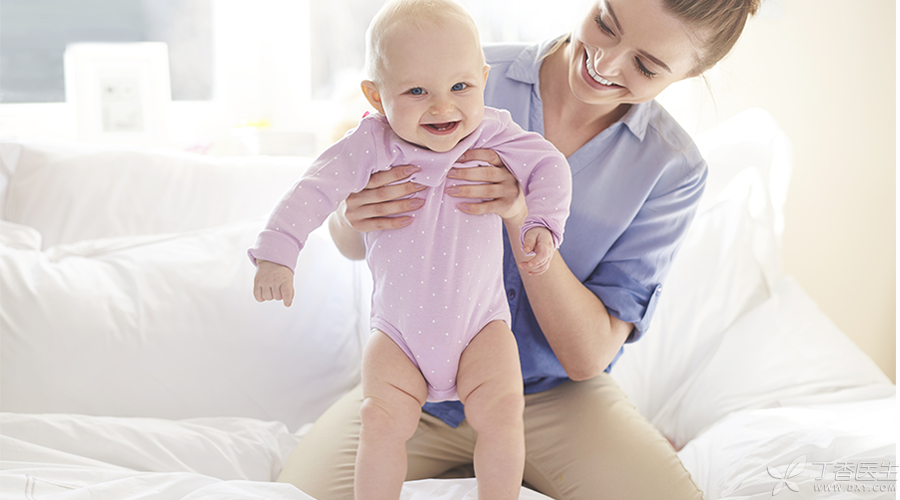
Is there any harm to what without timely treatment?
1. Although hip dysplasia is painless in the early stage, squatting and standing are not a big problem. If it is not found and treated, after the child learns to walk, due to the unequal length of both lower limbs, the strength borne by both legs is uneven, resulting in limp and cross-legged pain. Walking is like a duck shaking and swinging.
2. Joint deformities will also worsen day by day, and the longer they drag on, the more difficult it will be to treat them. In the future, some children can only be treated surgically, and in serious cases osteotomy is required, which is risky and the effect cannot be guaranteed.
3. Arthralgia may occur after getting older and 50 years old.
What characteristics does Baoma need to pay attention to?
1. The position, quantity and depth of hip lines and leg lines are different. After the baby lies flat or turns over and lies prone, observe whether the lines on both sides of the baby’s buttocks, groins and inner thighs are different in height, depth and quantity, and whether the legs are equal in length. These information is an important clue for diagnosing hip joint hypoplasia.
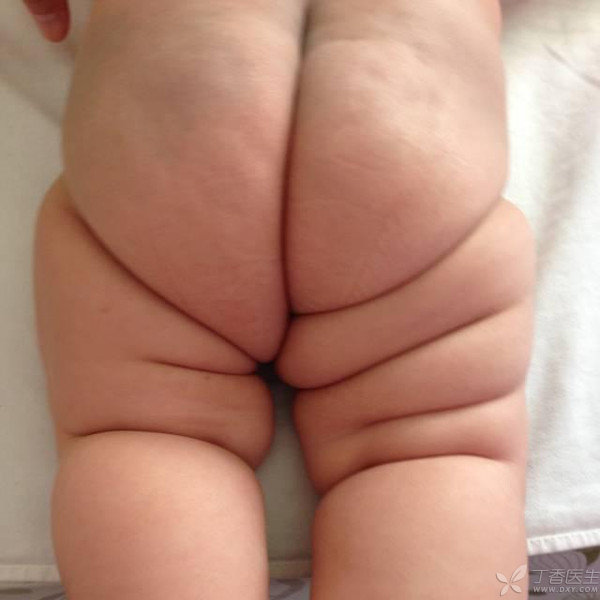
These findings are sensitive to detecting hip dysplasia, but do not necessarily lead to the fact that about 24% of all normal infants can show asymmetrical skin folds. It can only be said that children with asymmetrical skin folds have a much higher risk of hip dysplasia than other children, and the older they continue, the greater the risk.
Therefore, once asymmetry is found, Baoma need not be too nervous, but they still need to pay attention and seek medical treatment in time.
2. Observe the extent to which the baby’s waist protrudes forward when standing and the strength of the baby’s pedaling force. Generally, a four-month-old baby likes to stand and pedal, and likes to bounce with the help of adults. If the baby’s pedaling force is weak, Baoma should pay attention to it.
3. Observe whether the baby’s legs love to move, separate the baby’s legs when changing diapers, and observe whether the baby will show resistance and like to close his legs. If the baby shows resistance and closes his legs every time, the precious mothers should also pay attention.
4. When changing diapers for the baby, observe whether there is any bounce or abnormal movement at the hip joint of the baby. If there is, vigilance is also required.
5. When the baby can walk, Observing the baby’s walking state, ordinary babies can walk independently at the age of one and a half, or if the baby cannot walk by the age of one and a half, or if the gait is unstable, staggering, swaying and easy to wrestle, then some precious mothers will try their best to supplement calcium for the baby, or think it is caused by genetic factors, so they do not take it to heart, thus delaying the best treatment period for the baby.
6. In addition, pay attention to the baby’s gait. If so, the baby’s gait is protrusion, swaying, [drunk sailor], which is a typical manifestation of bilateral hip joint dysplasia.
7. Note that do not wrap the lower limbs (candle bags) of the newborn baby, which not only cannot prevent X-shaped legs and O-shaped legs, but also is not conducive to the development of hip joint and is easy to cause dislocation.
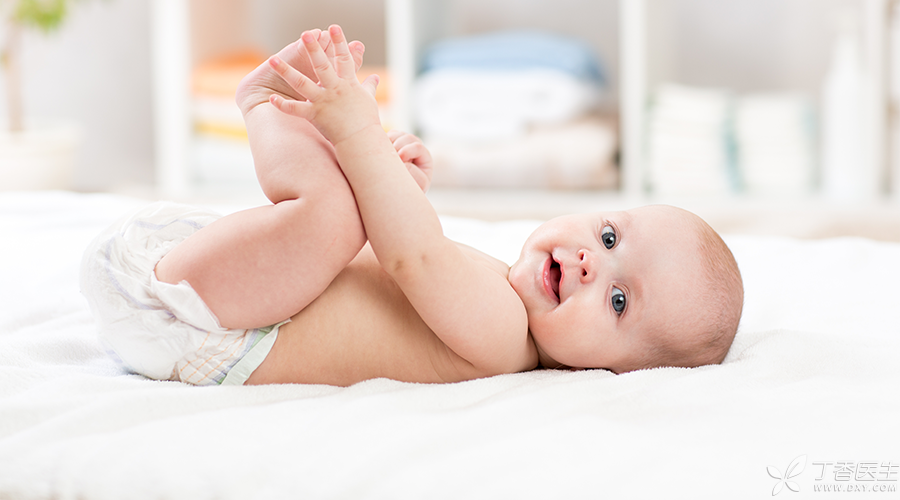
Simple Test Assisted Discovery
Baoma can carry out Galeazzi test.
Let the baby lie flat first, That is, in the supine position, Bilateral hip and knee flexion, So that when the ankle joint is placed on the hip, Observe whether the height of bilateral knee joint is consistent, When the baby’s hip joint is subluxated or completely dislocated backward, the femur will undergo functional shortening, that is, the height of the knee joint on the diseased side is lower than that of the knee joint on the healthy side. Moreover, as the skin and muscles around the thigh will accumulate around the shorter femur, there may be additional skin folds on the affected limb. At this time, timely medical treatment is also required.
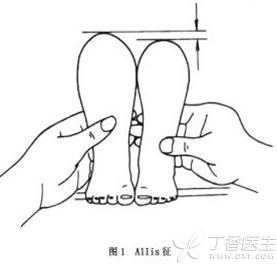
Can also be commonly known as frog test, more professional, but do not recommend Baoma do, let more professional doctors to do, is Ortolani and Barlow test. Baoma take the baby to check, the doctor will according to the baby’s medical history, clinical manifestations and physical examination, will suggest to do B ultrasound examination, or pelvic X-ray plain film,.
Generally, ultrasound diagnosis is recommended for babies less than 4 months old, because the femoral head of the baby is completely composed of cartilage and does not form ossification center. X-ray plain film examination is recommended for babies older than 4 months old.
How to treat it?
If the baby’s hip joint dysplasia or dislocation is detected, the earlier it is found and treated, the better the recovery will be.
At present, the international common one-stage surgical treatment is: open reduction, pelvic osteotomy and proximal femoral osteotomy.
The stage that cannot be walked yet.
- Within 6 months, this stage is the prime time for the treatment of hip dysplasia. The method is simple and easy to implement, with good compliance, reliable curative effect and few complications. Pavlik harness can be used to stably maintain the external booth and regularly check by B-ultrasound. For 6 ~ 18 months, closed reduction under anesthesia and plaster casts fixation in human position are preferred.
18 months to 8 years old (walking age)
- It is still possible for babies under 2 years old to try closed reduction, However, most children need open reduction and osteotomy. Osteotomy of pelvis and proximal femur, Not only does it correct the deformity of acetabulum and proximal femur itself, But also provides stability after reduction. Over 8 years old, The purpose of treatment of unilateral dislocation of hip joint is to restore anatomical position and function to the greatest extent. To create conditions for joint replacement. Balance the length of lower limbs to prevent secondary spinal deformities. If the prognosis of surgical complications in patients with bilateral dislocation without pseudoacetabulum formation is worse than the natural prognosis, treatment can be abandoned. Patients with bilateral dislocation with pseudoacetabulum formation are prone to early onset arthritis and are feasible for palliative treatment.
Once the baby’s hip joint is stunted, not only the baby suffers very much, but also the precious mother feels distressed. Therefore, the precious mothers should not only observe carefully at ordinary times, but also take the baby to have a physical examination regularly.
